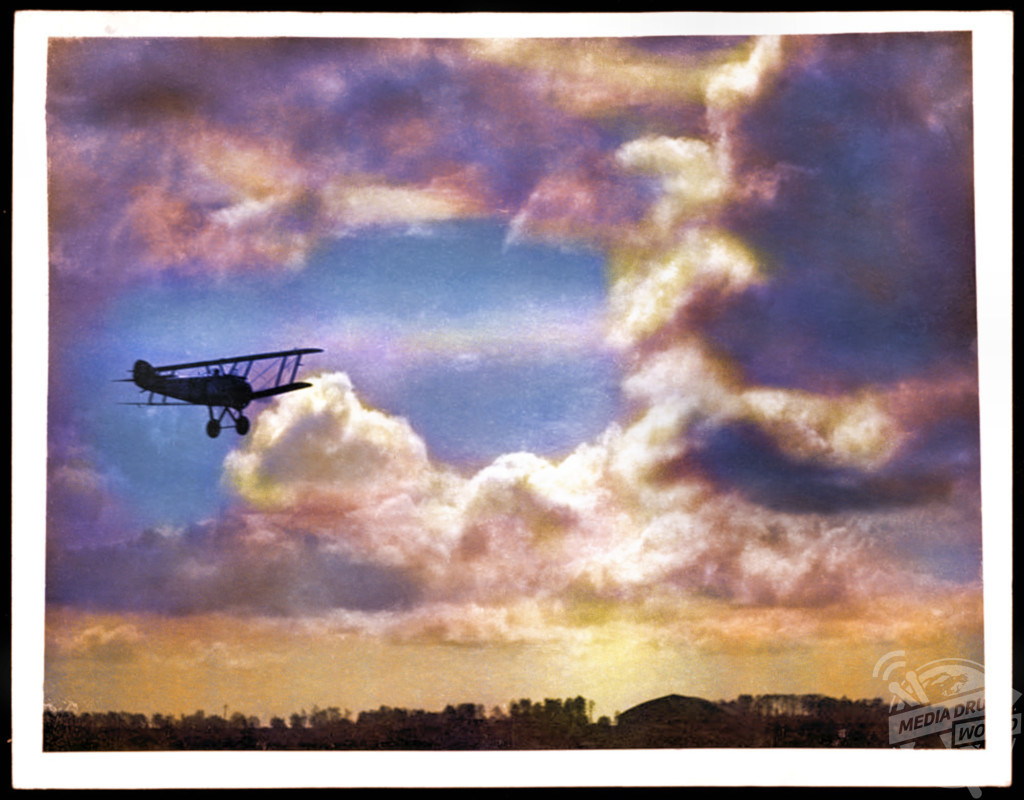By Alyce Collins
INCREDIBLE colourised images celebrating the evolution of the RAF aircraft and the pilots involved in some of the deadliest conflicts in history have been released, ahead of the 100-year anniversary of the formation of the RAF.
The set of pictures includes fantastic colourised shots of HMS Khedive, the escort carrier which held over 28 aircraft used by the RAF during the Second World War, as it docks in Malta in 1944.
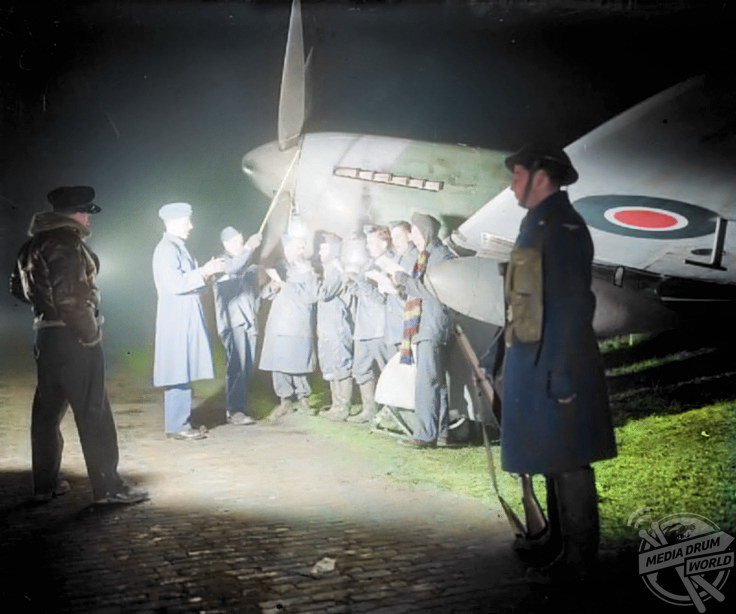
Another striking picture demonstrates the diversity of the RAF as female pilot, Lettice Curtis, climbs on board the Spitfire she flew during the Second World War. Curtis later received a badge of courage in recognition of her contribution to the war.
A squadron of English bombing planes are also captured flying over Palestine during the First World War.
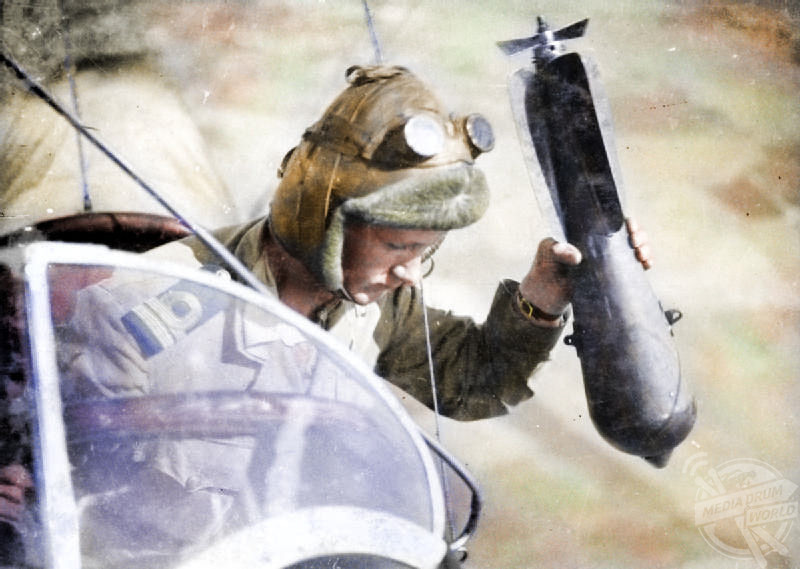
Formed on April 1st 1918, the RAF was the largest air force in the world at the time as it was a merger of the Royal Flying Corps (RFC) and the Royal Naval Air Service (RNAS).
Following this, prior to the Second World War, the RAF underwent a great deal of expansion to cope with the German offensive. Between 1934 and 1939, the RAF grew from 42 squadrons with 800 aircraft, to 157 squadrons and 3,700 aircraft, with even larger bombers in development. However, this still would not be enough against the German threat, so the RAF began training aircrew from the UK, Canada, Australia and New Zealand to increase its power to an impressive 167,000 aircrew.
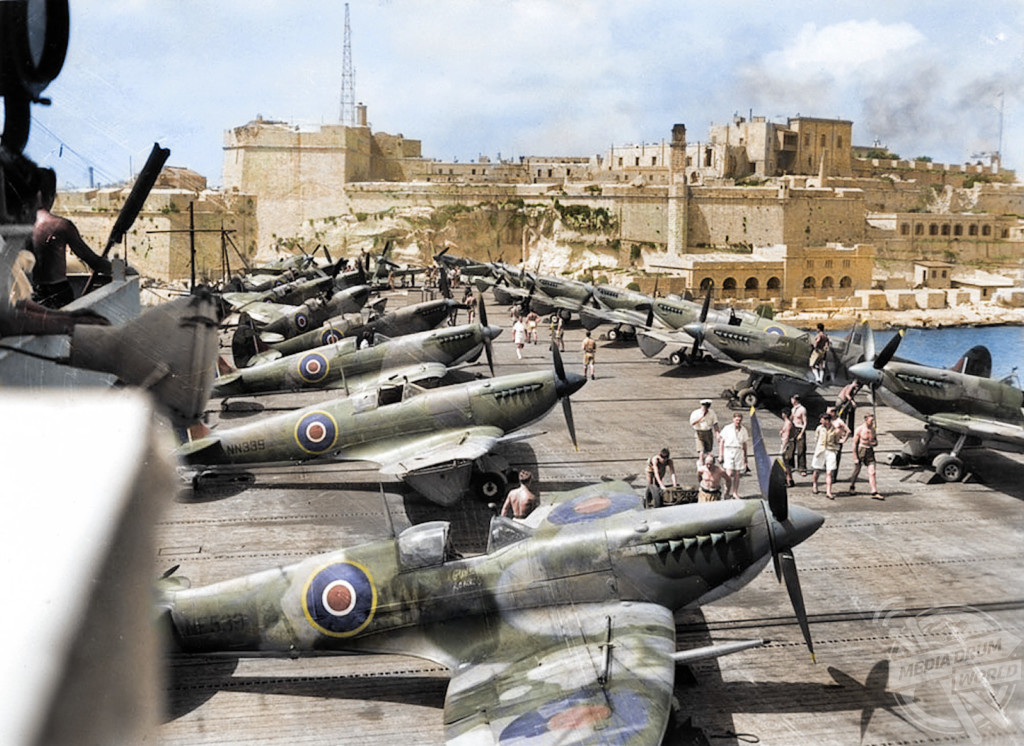
The fascinating photos were expertly colourised by electrician, Royston Leonard (55), from Cardiff, Wales, who says that adding colour to the pictures would modernise them.
“Moments in time of 100 years of the RAF show the early days of WW1 though to WW2 and later”, he said.
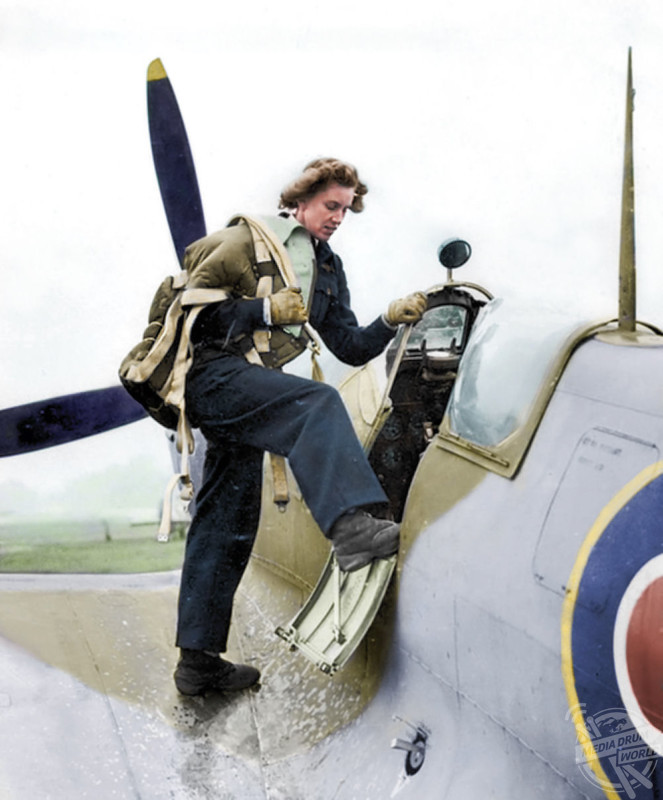
The Second World War saw the largest RAF effort in its history as they were forced to create new technology and increase their power in numbers in order to carry out new tactics which were aimed at catching the German Luftwaffe off-guard. One of the new strategies adopted by the RAF was night-time area bombing which was carried out over Hamburg and Dresden to cause mass devastation for the enemy.
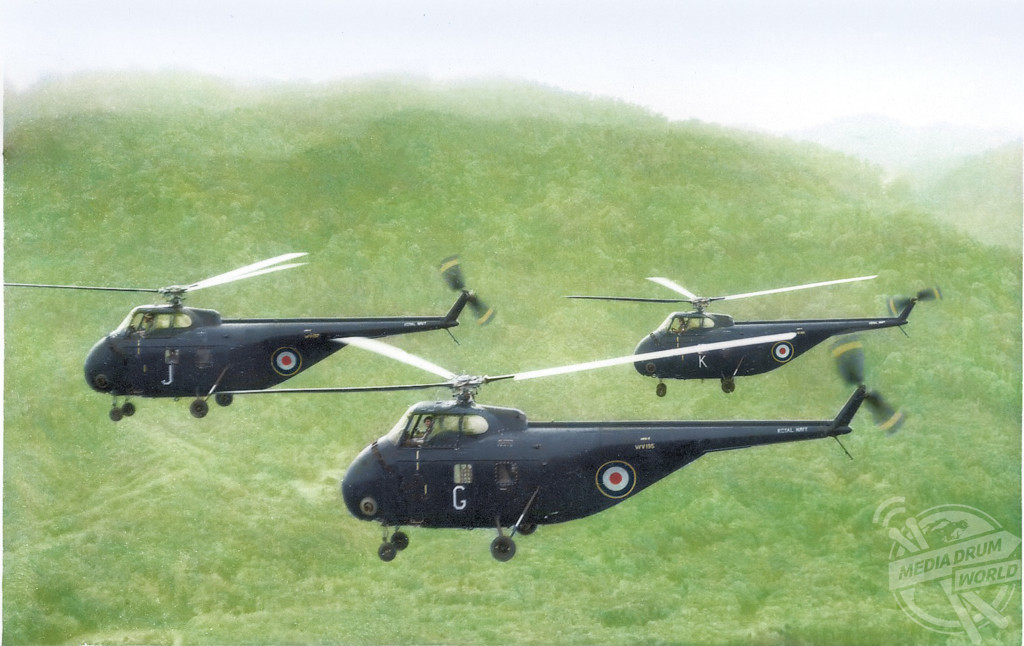
“It is important to remember the men and women who served for their country and the centenary is the perfect opportunity to do so”, said Royston.
After recent defence reviews since the Cold War, the RAF has undergone widespread reduction in personnel and combat aircraft, including the retirement of the British Aerospace Harrier II in 2011. Recent reductions mean that the RAF now contains approximately 33,000 trained personnel.
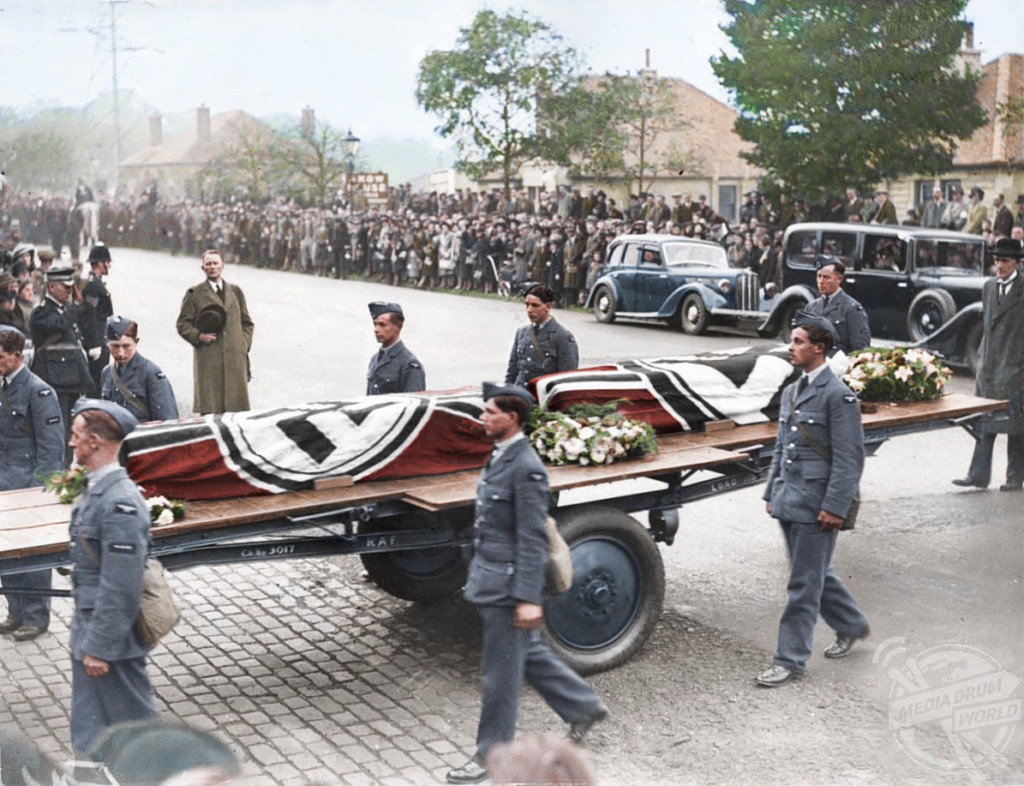
The centenary of the RAF will be celebrated with events all over the country, including a 100-plane fly over along with a parade on the Mall in Central London, a televised concert held at the Royal Albert Hall and a festival at RAF Cosford.

